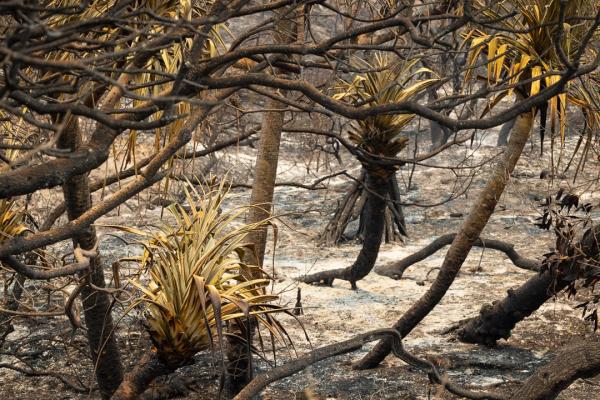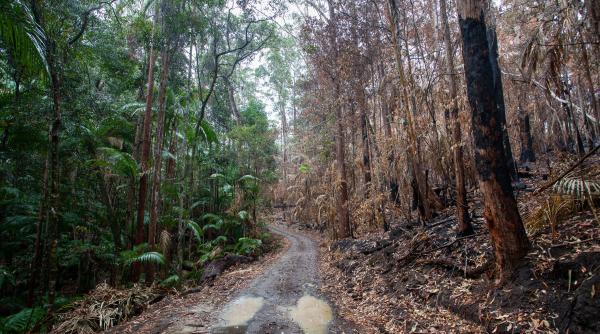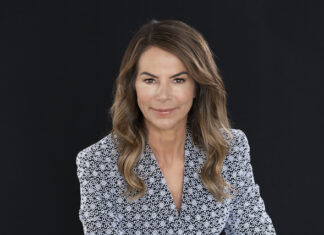There’s not enough fire in Australia’s bushland.
That’s what Associate Professor Rod Fensham told a full house of guests at Noosa Parks Association Friday Forum when he came last Friday to discuss the impact of last year’s bushfire on Fraser Island (K’gari).
Dr Fensham admitted he hadn’t been to K’gari for 20 years since his wife won a competition to visit a resort on the island but he expected the bush to regenerate as he had seen bushland do across the continent during his decades of research.
“I think of Australia in two separate worlds – rainforest and the rest,“ he said.
Rainforests are super special with an enormous amount of diversity, he said. The closed structure of a rainforest with its canopy that prevents the growth of an understorey makes it virtually fire retardant.
However most of Australia can’t form rainforest and with a predominance of acacias and eucalyptus creates landscapes that are the opposite of rainforests.
Rainforests have trees with thin bark that don’t tolerate fires. Eucalypts have thick, wide bark and a dappled canopy that enables undergrowth. It encourages fire.
The two worlds compete. If there’s enough rain, the rainforest wins, if not the eucalypts win.
Dr Fensham said all of the more than 800 species of eucalyptus in Australia have an adaptive trait that enables them to survive fire. They possess the ability to produce an epicormic sprout, a sprout of new growth that occurs after a disturbance such as a bushfire.
“It evolved 80 million years ago,“ he said. “That tells us we do live in the land of fire. Drought and fire go together. They define the Australian continent going a long way back.“
Dr Fensham describes the land where rainforest meets eucalyptus as the transition zone.
After the 2019 bushfires that destroyed Binna Burra he walked into the area to see the impact.
“We found the pure rainforest put the fire out. The magic of nature,“ he said. “The forest was dry as a crisp but the fire flowed through the eucalypts and the rainforest stopped it.
“What did burn was the transition zone.“
He said evidence of too little fire in the Australian landscape was the increasing rarity of wildlife such as the Rufous bristle whose habitat, the Mountain Ash, relies on fire to replenish. While fire destroys the tree it is only during fire that it drops its seeds to regrow.
Dr Fensham said it was likely big fire events could have occurred previously on Fraser Island similar to the 2020 fire.
“That event gives us space to reflect on what we know about the continent,“ he said. “Is fire a part of the country. Are we looking at fire through a European lens? We have to become more familiar with the country and how it works.“
He said historically half of K’gari probably wouldn’t have burnt in one episode because of Aboriginal’s regular burning practices that reduced the fuel content on the land.Despite the devastation he predicted the fire would not cause plant or wildlife extinctions.
“I expect the rainforest in the north of the island worked its magic and put the fire out,“ he said.
“Wildlife have adapted to live in that area. Those animals will have evolved before Aboriginal people appeared there. They’ve seen it before. They know what to do.“
However another ecologist in the audience was less optimistic, saying considering the extensive damage he held fears for the return of some fungus and insects that did not reset quickly.
“I’m worried things we have seen in the past may not come back in the future,“ the man said.
Dr Fensham said people would disagree with his point of view but no one knew the impact of such an event.
“These events create these rare occurrences. You learn more from it than at any other time,“ he said.








